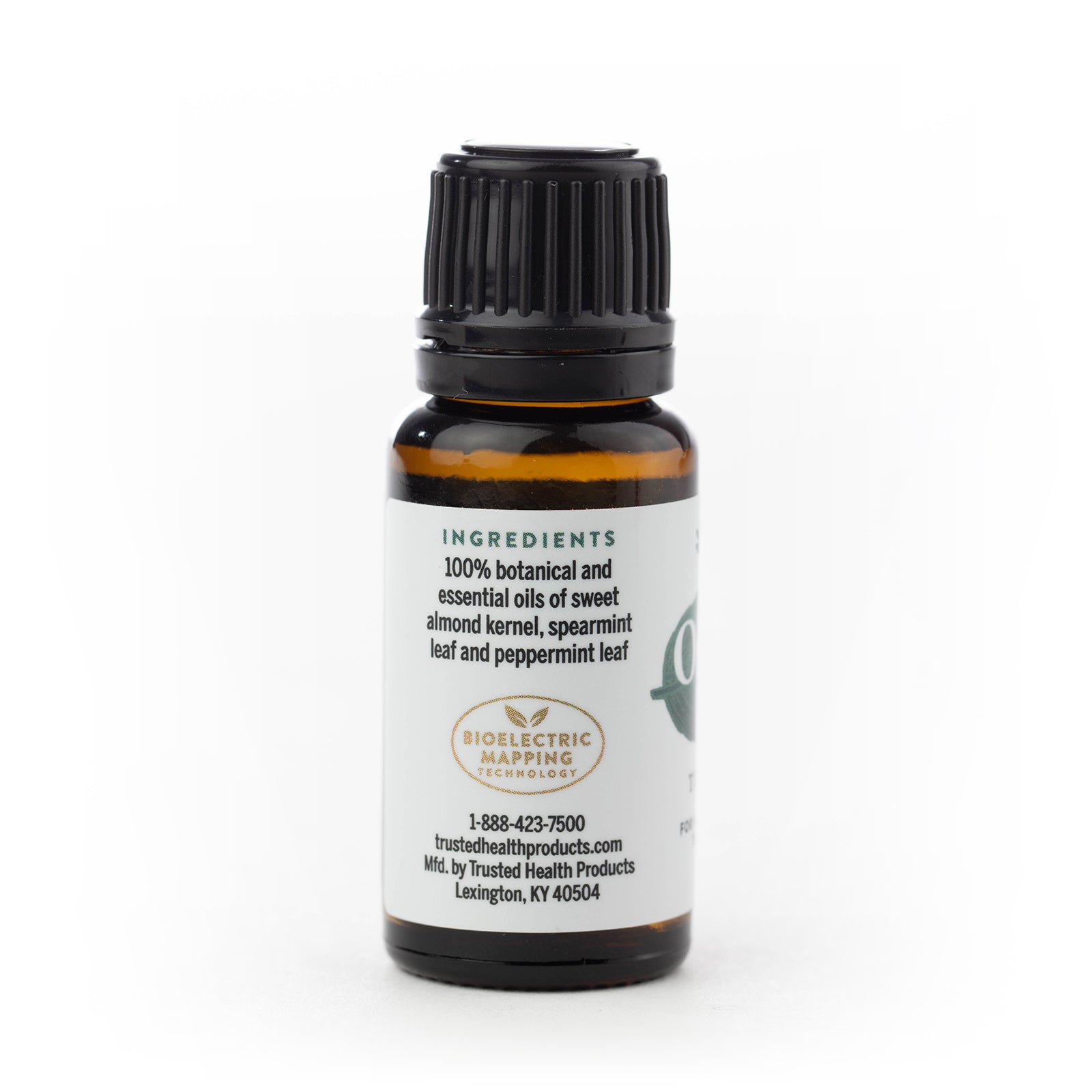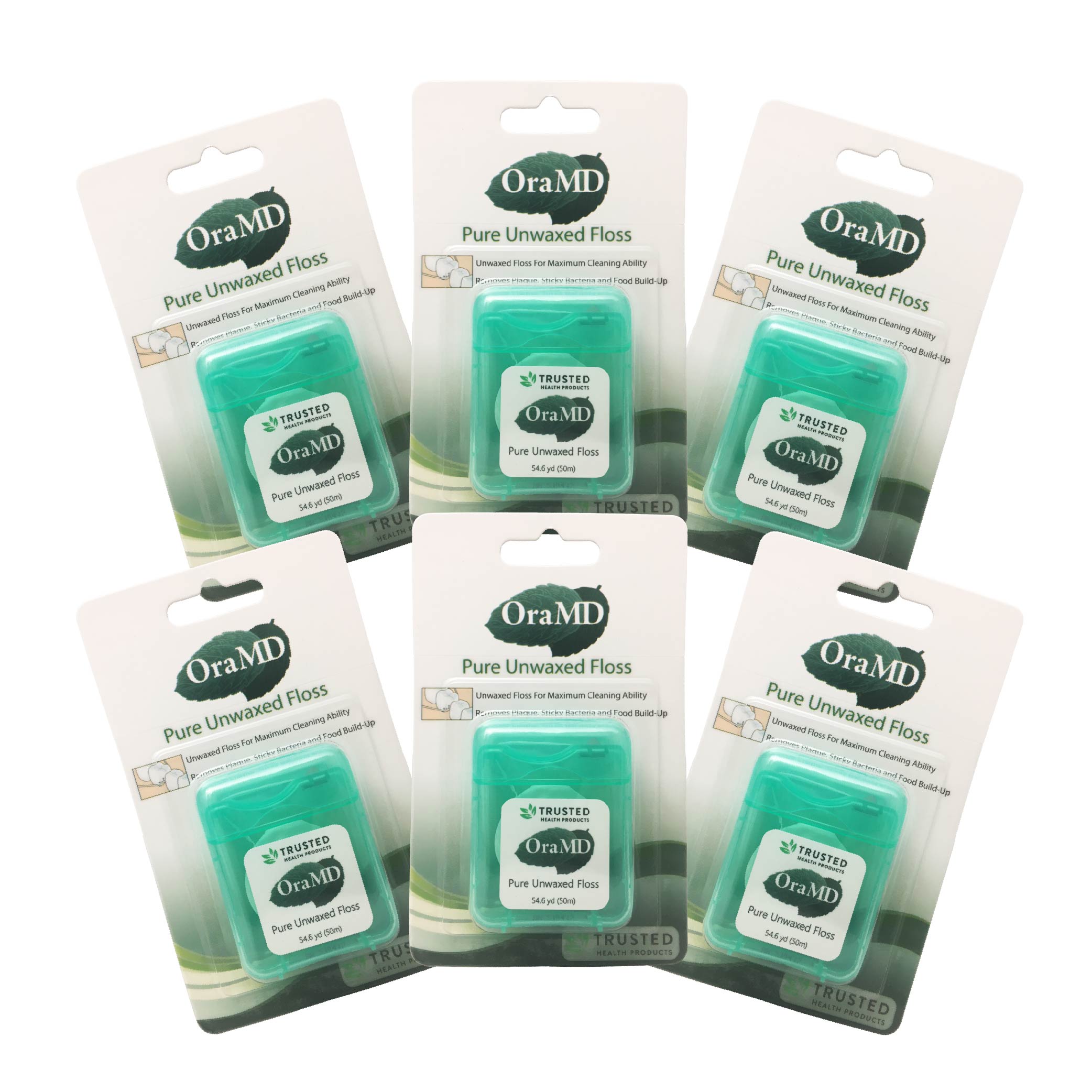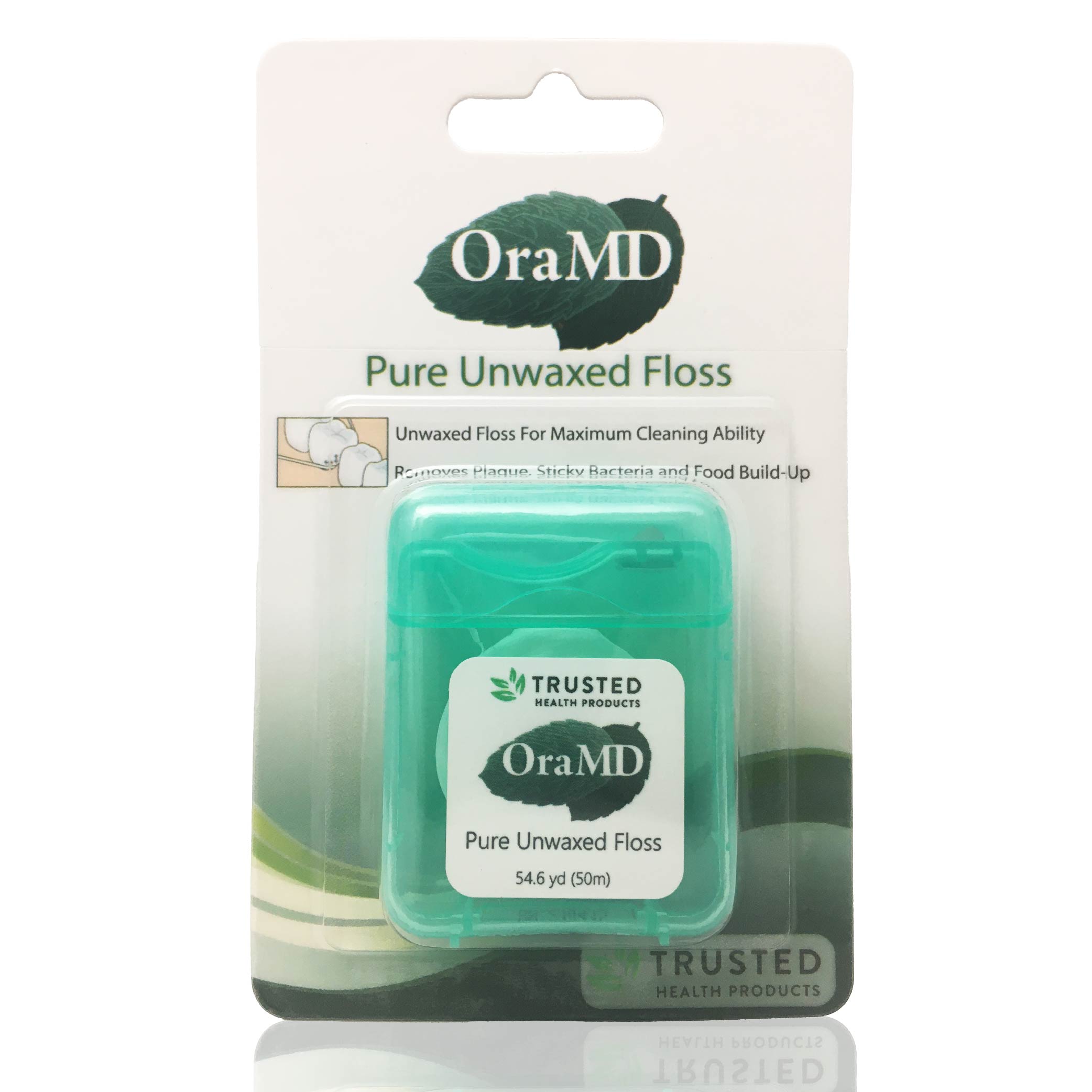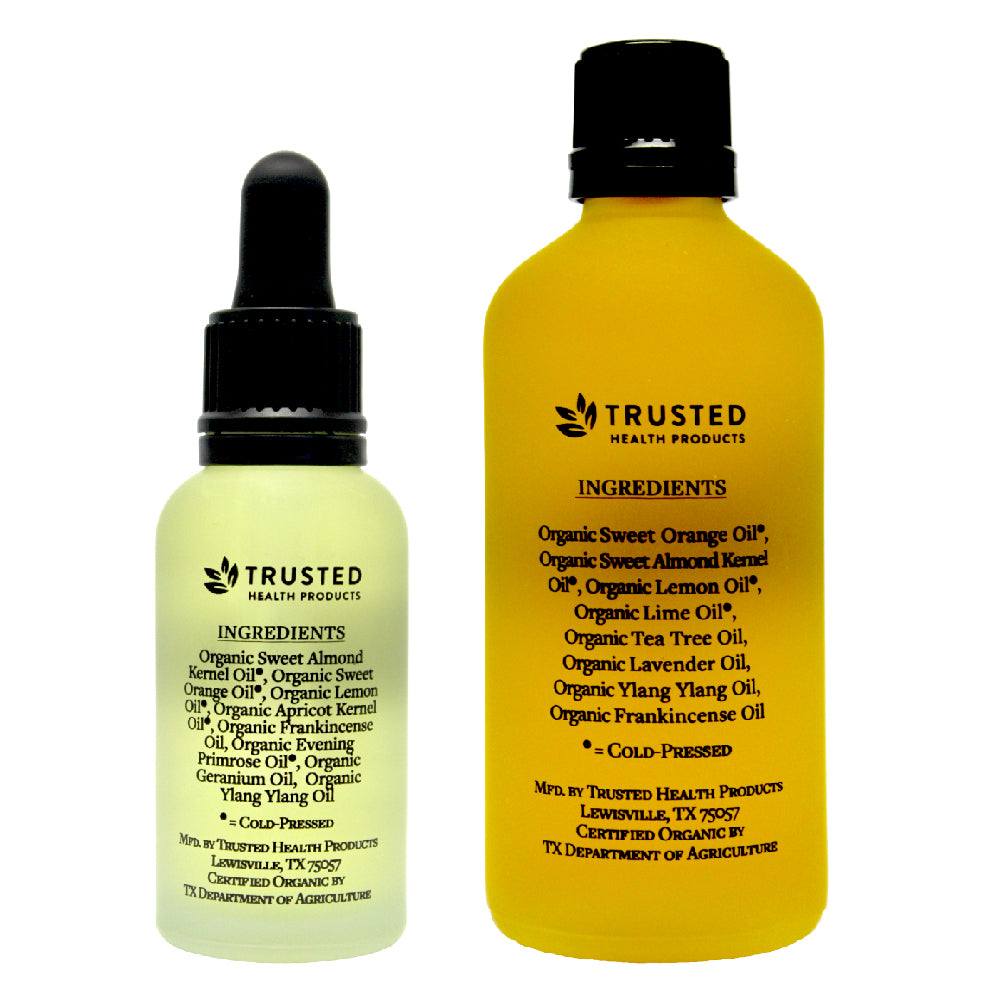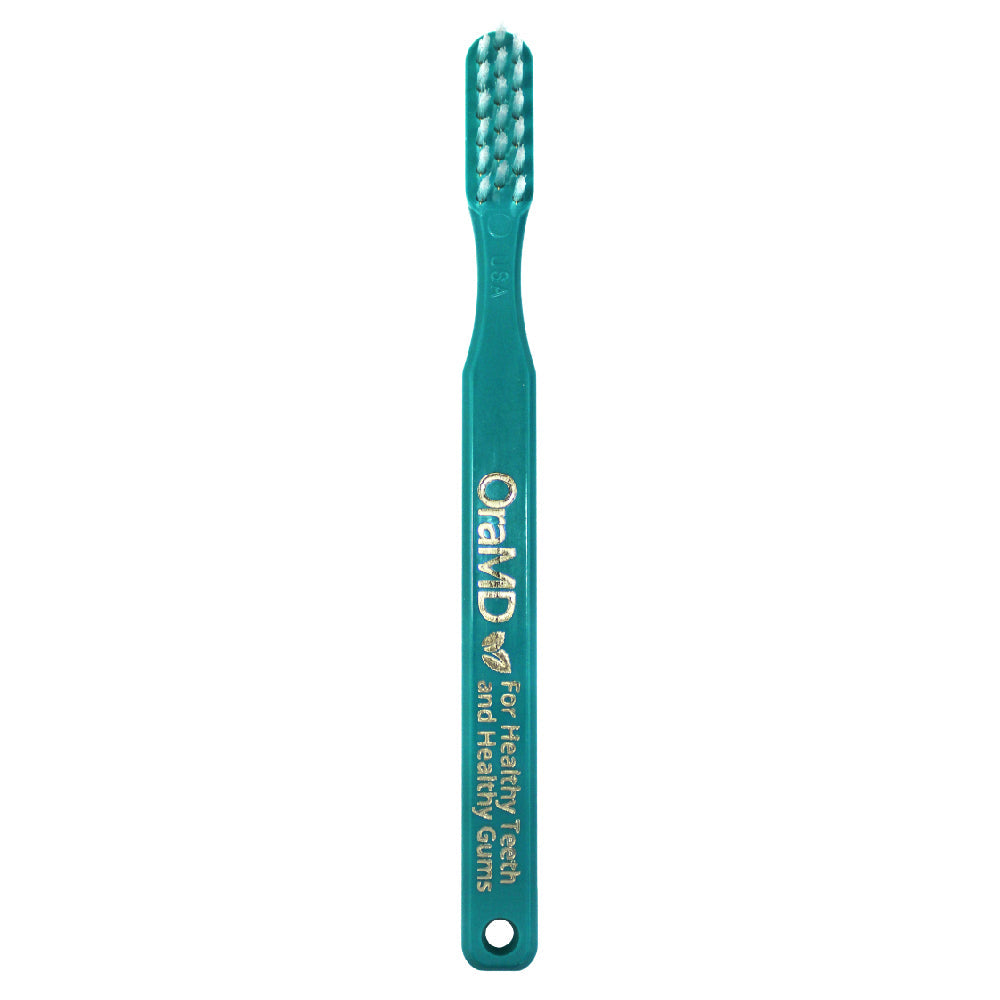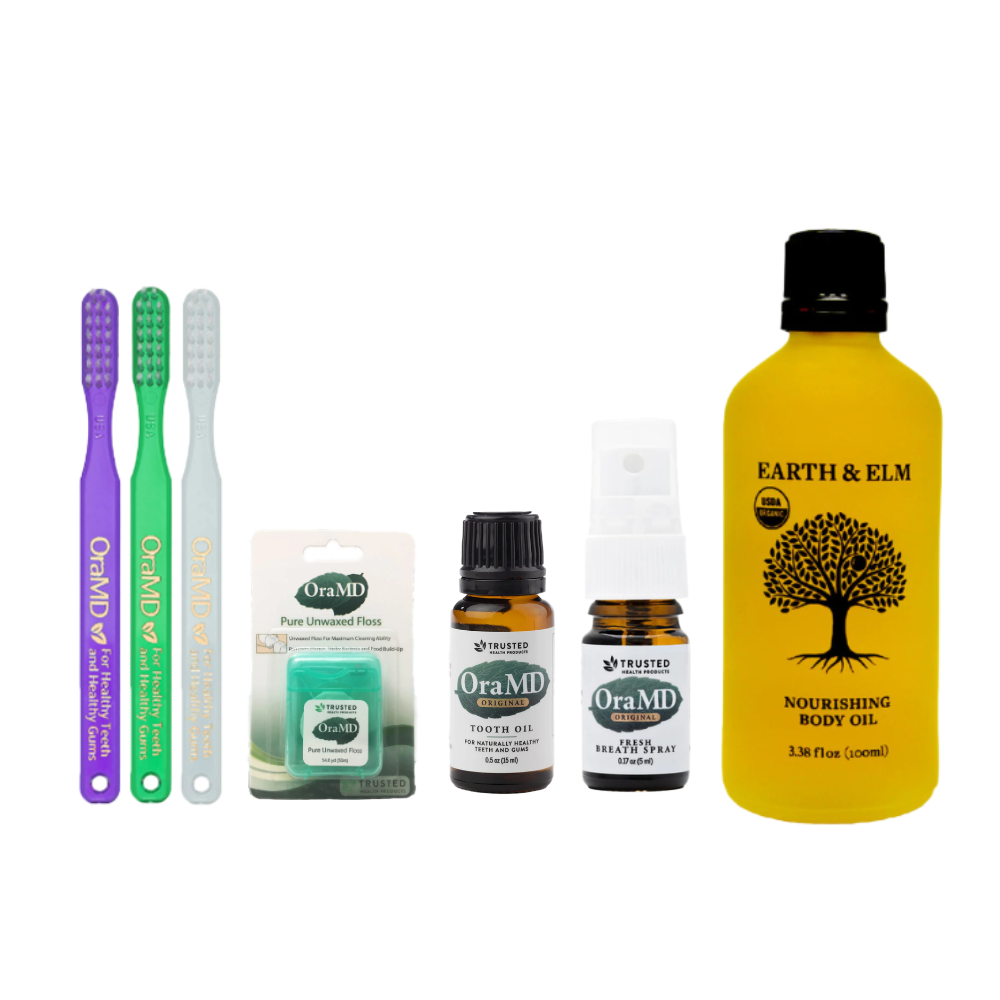COVID-19 Products: Far-UVC Light And Emergency Ventilator
June 26, 2020
Author: Admin Editor
Tags:
More than 99.9 percent of seasonal coronaviruses present in airborne droplets were killed when exposed to a particular wavelength of ultraviolet light that is safe to use around humans, a new study at Columbia University Irving Medical Center has found. "Based on our results, continuous airborne disinfection with far-UVC light at the current regulatory limit could greatly reduce the level of airborne virus in indoor environments occupied by people," says the study's lead author David Brenner, Ph.D., Higgins Professor of Radiation Biophysics at Columbia University Vagelos College of Physicians and Surgeons and director of the Center for Radiological Research at Columbia University Irving Medical Center.
Conventional germicidal UVC light can be used to disinfect unoccupied spaces such as empty hospital rooms or empty subway cars, but direct exposure to these conventional UV lamps is not possible in occupied public spaces, as this could be a health hazard. To continuously and safely disinfect occupied indoor areas, researchers at Columbia University Irving Medical Center have been investigating far-UVC light. Far-UVC light cannot penetrate the tear layer of the eye or the outer dead-cell layer of skin so it cannot reach or damage living cells in the body. The researchers had previously shown that far-UVC light can safely kill airborne influenza viruses. The new paper extends their research to seasonal coronaviruses, which are structurally similar to the SARS-CoV-2 virus that causes COVID-19.
In the study - published in Scientific Reports - the researchers used a misting device to aerosolize two common coronaviruses. The aerosols containing coronavirus were then flowed through the air in front of a far-UVC lamp. After exposure to far-UVC light, the researchers tested to see how many of the viruses were still alive. The researchers found that more than 99.9 percent of the exposed virus had been killed by a very low exposure to far-UVC light. Based on their results, the researchers estimate that continuous exposure to far-UVC light at the current regulatory limit would kill 90 percent of airborne viruses in about eight minutes, 95 percent in about 11 minutes, 99 percent in about 16 minutes, and 99.9 percent in about 25 minutes. The sensitivity of the coronaviruses to far-UVC light suggests that it may be feasible and safe to use overhead far-UVC lamps in occupied indoor public places to markedly reduce the risk of person-to-person transmission of coronaviruses, as well as other viruses such as influenza.
SARS-CoV-2 Testing
In a separate ongoing study, the researchers are testing the efficacy of far-UVC light against airborne SARS-CoV-2. Preliminary data suggest that far-UVC light is just as effective at killing SARS-CoV-2. "Far-UVC light doesn't really discriminate between coronavirus types, so we expected that it would kill SARS-CoV-2 in just the same way," Brenner continued. "Since SARS-CoV-2 is largely spread via droplets and aerosols that are coughed and sneezed into the air it's important to have a tool that can safely inactivate the virus while it's in the air, particularly while people are around. Because it's safe to use in occupied spaces like hospitals, buses, planes, trains, train stations, schools, restaurants, offices, theaters, gyms, and anywhere that people gather indoors, far-UVC light could be used in combination with other measures, like wearing face masks and washing hands, to limit the transmission of SARS-CoV-2 and other viruses."
Emergency Ventilator For COVID-19 Patients
A team of engineers and physicians at the University of California San Diego has developed a low-cost, easy-to-use emergency ventilator for COVID-19 patients that is built around a ventilator bag usually found in ambulances. The team built an automated system around the bag and brought down the cost of an emergency ventilator to just $500 per unit, By comparison, state-of-the-art ventilators currently cost at least $50,000. The device's components can be rapidly fabricated and the ventilator can be assembled in just 15 minutes. The device's electronics and sensors rely on a robust supply chain from fields not related to healthcare that are unlikely to be affected by shortages.
The UCSD MADVent Mark V is also the only device offering pressure-controlled ventilation equipped with alarms that can be adjusted to signal that pressure is too low or too high. This is especially important because excessive pressure can cause lung injury in COVID-19 patients that often experience rapid decreases in lung capacity as the disease progresses. Most ventilators measure the volume of air that is being pumped into the patient's lungs, which requires expensive airflow sensors. By contrast, the UCSD MADVent Mark V measures pressure and uses that data to deduct and control the airflow to the lungs. This was key to lowering the device's price.
The team from tUC San Diego and industry partners will be seeking approval for the device from the Food and Drug Administration. They detailed their work in Medical Devices and Sensors. The device's plans and specifications are available at http://MADVent.ucsd.edu/ "The MADVent can safely meet the diverse requirements of COVID-19 patients because it can adjust over the broad ranges of respiration parameters needed to treat acute respiratory distress syndrome," said James Friend, a professor at the UC San Diego Jacobs School of Engineering and one of the paper's two corresponding authors. "The combination of off-the-shelf components and readily machined parts with mechanically-driven pressure control makes our design both low cost and rapidly manufacturable."
Researchers also wanted to make sure that the device could be used by healthcare workers with limited experience with ventilators and no experience with this type of system, said Dr. Casper Petersen, co-author of the study and a project scientist in the Department of Anesthesiology at the UC San Diego School of Medicine. As a result, the MADVent Mark V is safe to use, easy to assemble and easy to repair. "This device could be a great option for use in situations where materials are scarce, such as when the normal supply chain breaks down, or in developing nations and hard-to-reach rural areas," Dr. Casper Petersen said.
COVID-19 Safety
The device is not meant as a substitute for the highly complex ventilators used in Intensive Care Units. "Rather, our low-cost ventilator is meant to bridge an urgent gap in situations of a large surge in patients where we may not have enough life sustaining equipment," says Dr. Lonnie Petersen, an assistant professor at the Jacobs School of Engineering, adjunct professor at UC San Diego Health and the paper's other corresponding author. "Safety is our main priority; while the MADVent is a low-tech and low-cost device, it actually offers robust and patient tailored ventilation. This really increases the safety for the patients suffering from the complex pulmonary infection and respiratory distress associated with COVID-19."
The UC San Diego team built their device around a ventilator bag usually found in ambulances and designed to be manually squeezed to help patients breathe. In the UCSD MADvent Mark V, a machined paddle squeezes the bag instead. The paddle is controlled by a series of pressure sensors to make sure the patients get the appropriate flow of air into their lungs. The team deliberately integrated as many standard hospital items as possible into the design because those have already undergone rigorous testing for safety, longevity and compatibility. To measure pressure, the researchers developed an algorithm that deduces how much the bag was compressed based on how many turns the device's motor has made and calculates the volume of air sent into the patient's lungs as a result. "The elasticity of the lungs changes very quickly, so it's important to be able to sense the feedback from the patient," Petersen added.
Researchers tested their system more than 200 times and for days on end on a lung simulator, adhering to standards for the International Standards Organization and FDA guidelines to ensure it functioned correctly. The device was also tested on a medical mannequin simulator. One of the keys for cost savings was developing computer models of the volume of air delivered through the ambulance bag when it is compressed. This allowed researchers to do away with expensive airflow sensors and the complex algorithms that control them.
The materials on the ventilator can be sanitized with conventional disinfectants such as 1.5 percent hydrogen peroxide and 70 percent ethanol. "The system, in its current state of development, can easily accommodate new modules that enable more sophisticated features, such as flow monitoring, which can enable additional ventilation modes and provide healthcare operators more information regarding a patient's breathing," says Aditya Vasan, a Ph.D. student in Friend's research group and the paper's first author.
Subscribe to our Trusted Health Club newsletter for more information about natural living tips, natural health, oral health and skincare. If you are looking for more health resources make sure to check out the Trusted Health Resources list.
Reviewed By:
Founder Ray Spotts has a passion for all things natural and has made a life study of nature as it relates to health and well-being. Ray became a forerunner bringing products to market that are extraordinarily effective and free from potentially harmful chemicals and additives. For this reason Ray formed Trusted Health Products, a company you can trust for clean, effective, and healthy products. Ray is an organic gardener, likes fishing, hiking, and teaching and mentoring people to start new businesses. You can get his book for free, “How To Succeed In Business Based On God’s Word,” at www.rayspotts.com.
Photo by Thomas de LUZE on Unsplash
SHARE
Columbia University Irving Medical Center has found." aria-label="Share on Pinterest" target="_blank">








